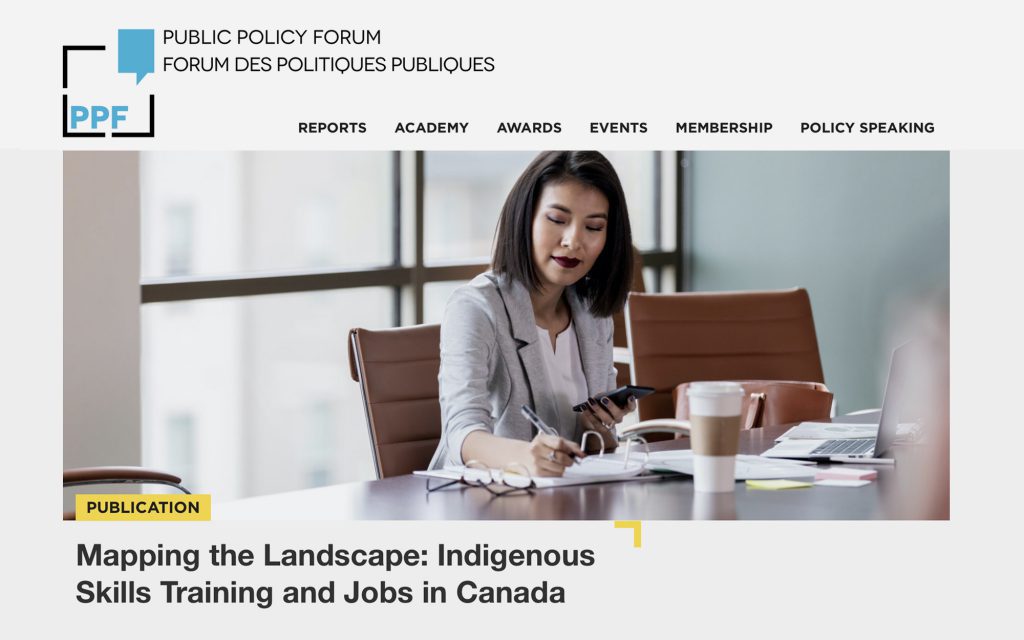There is an unprecedented opportunity for Indigenous peoples to get ahead. Between 2016 and 2026, 350,000 Indigenous youth will turn 15, the age at which they become potential members of the workforce.
However, for many reasons including chronic under-funding of quality on-reserve education, the challenge of acquiring reliable internet in remote conditions, and the myriad corollary effects of growing up in households disproportionately impacted by poverty and the legacy of residential schools, many Indigenous youth and adults do not graduate high school or graduate without requisite essential literacy and numeracy skills.
People need basic essential skills to get and keep good jobs, and to upskill as required in rapidly changing and increasingly digital workplaces. People missing these essential skills are missing their foundation, facing down the threat of job disruption due to automation, or being underqualified to gain workforce entry, without the tools they need to adapt and succeed.
To identify and address some of these issues, Max Skudra co-authored the report Mapping the Indigenous Landscape, with Andy Avgerinos and Karen E. McCallum (she/her).
